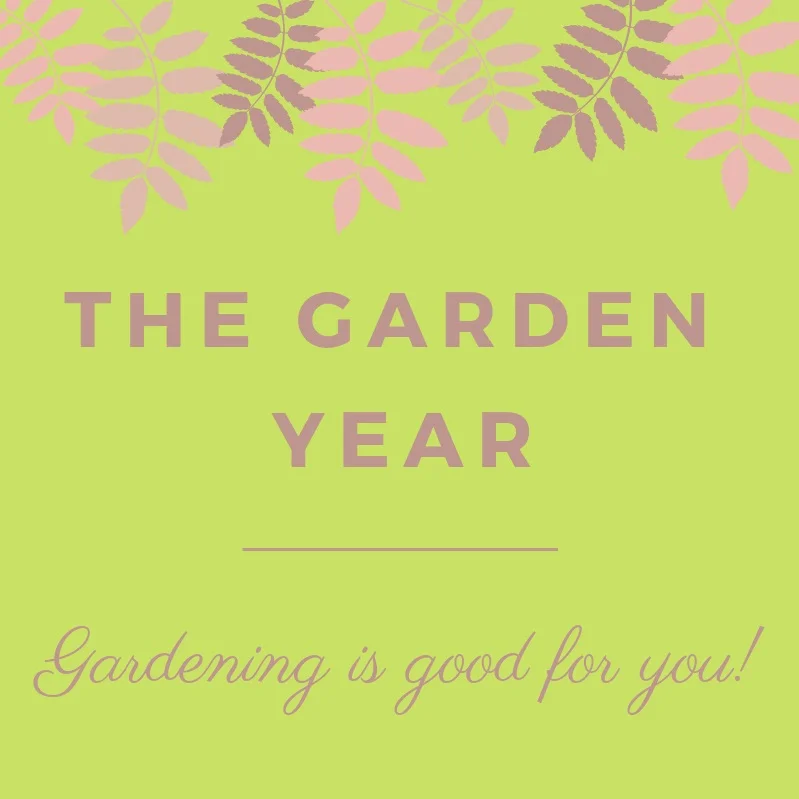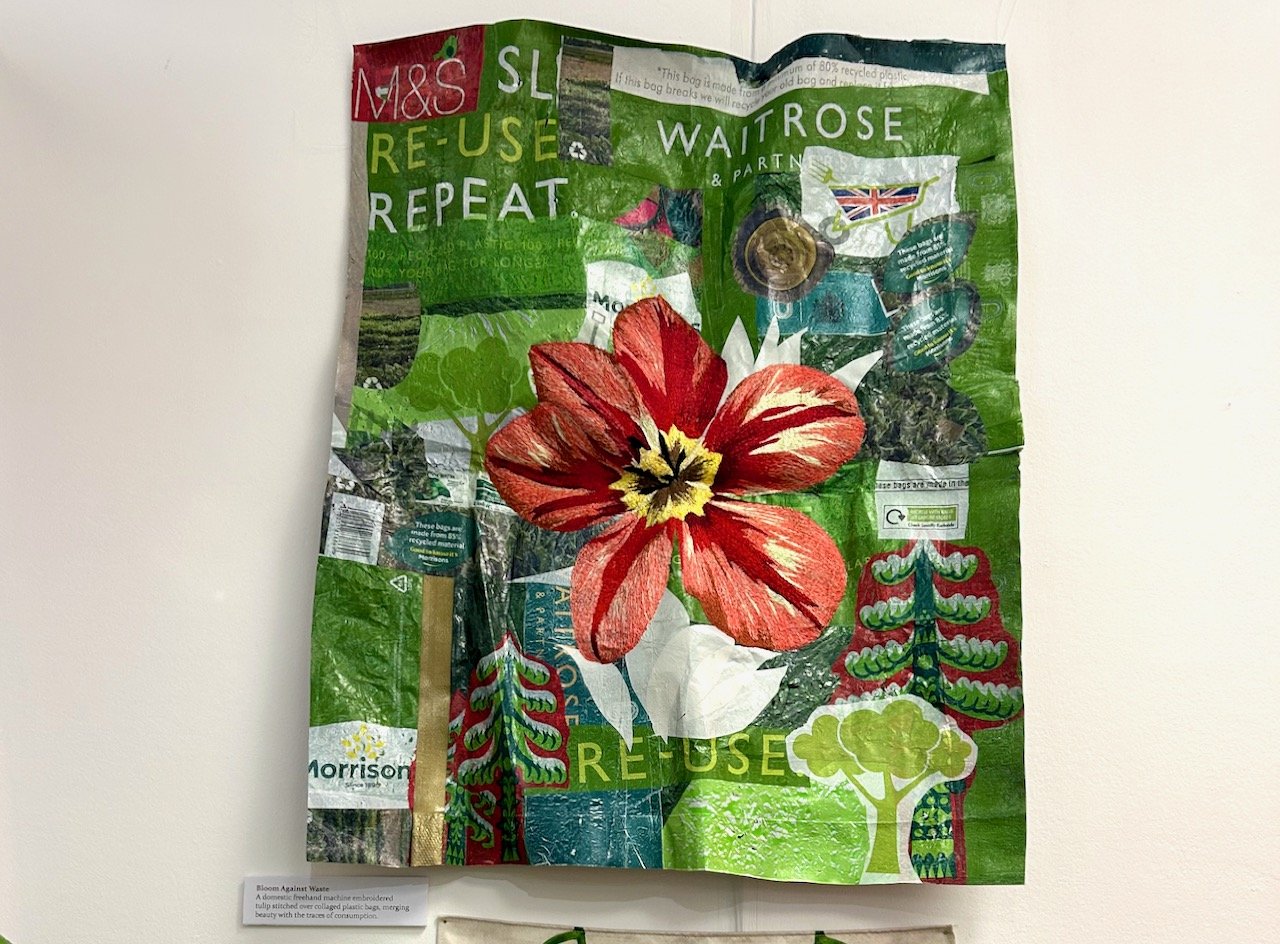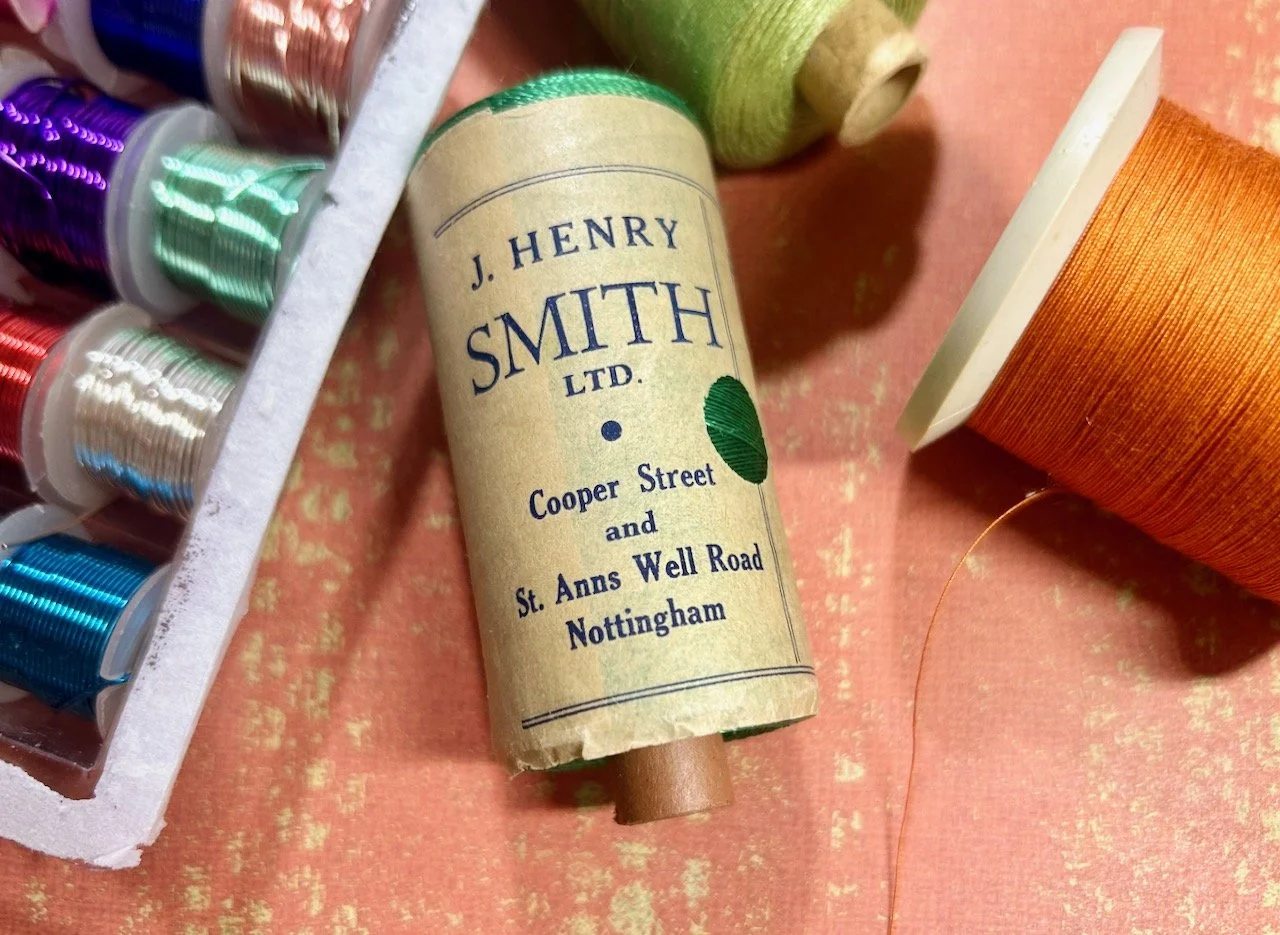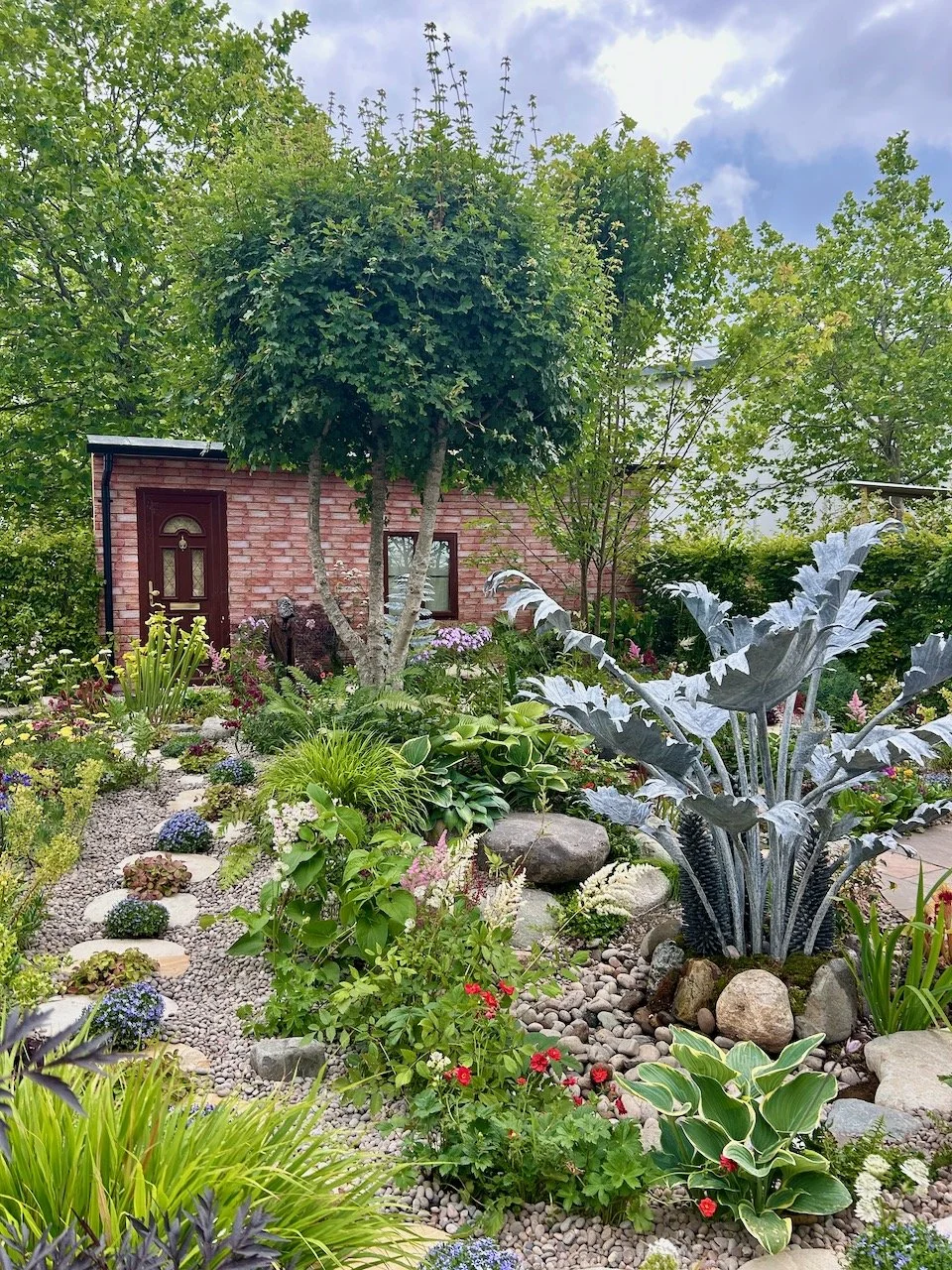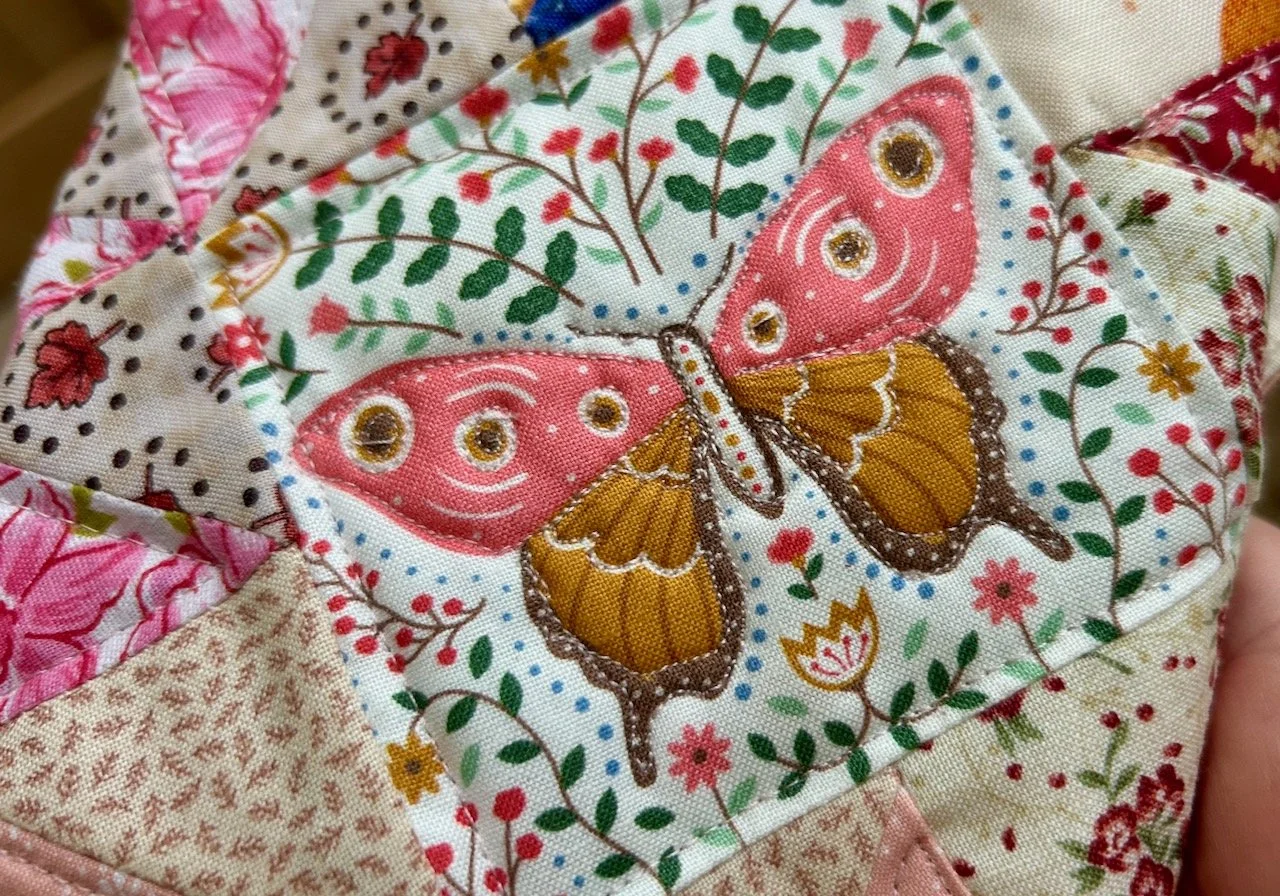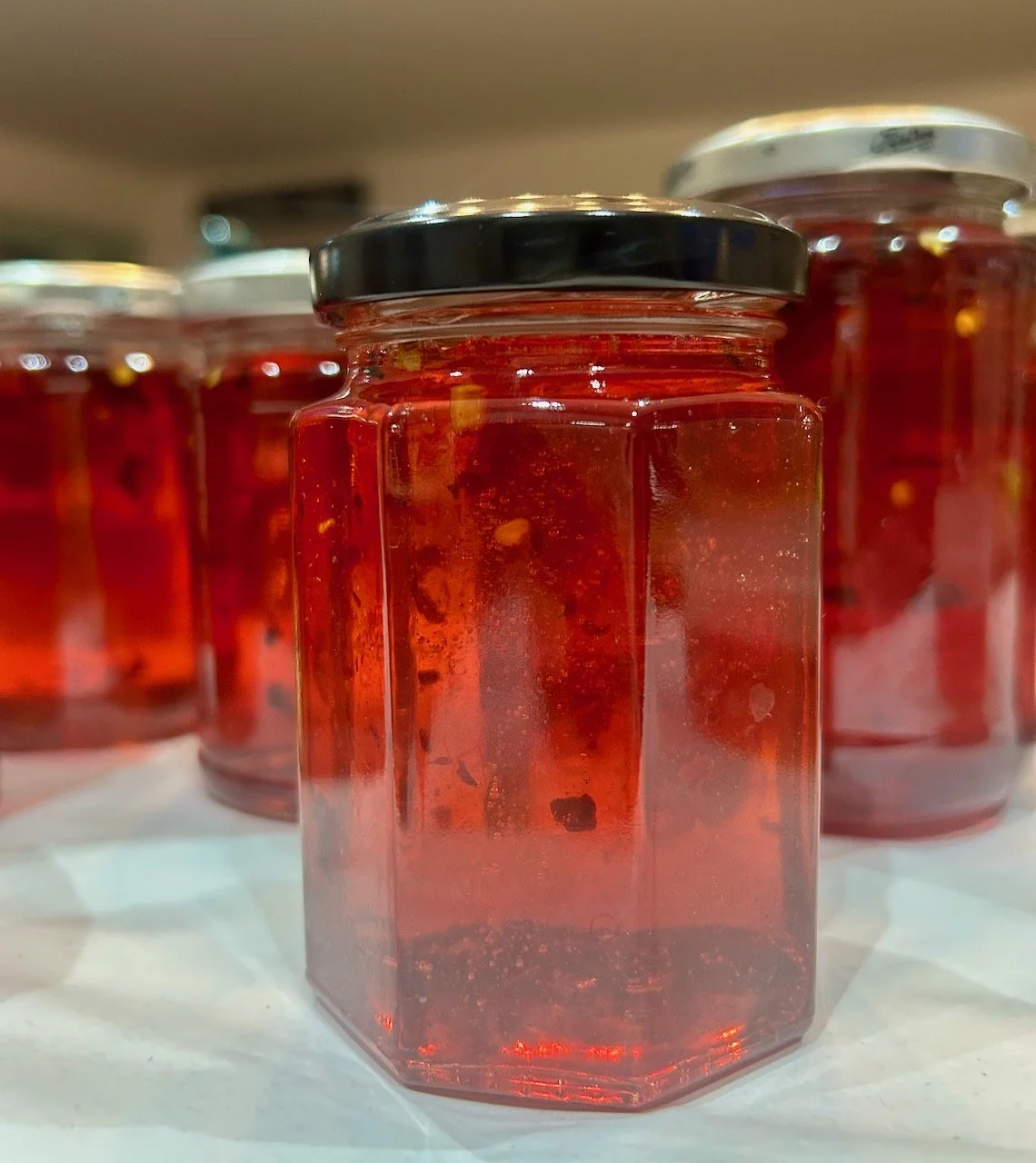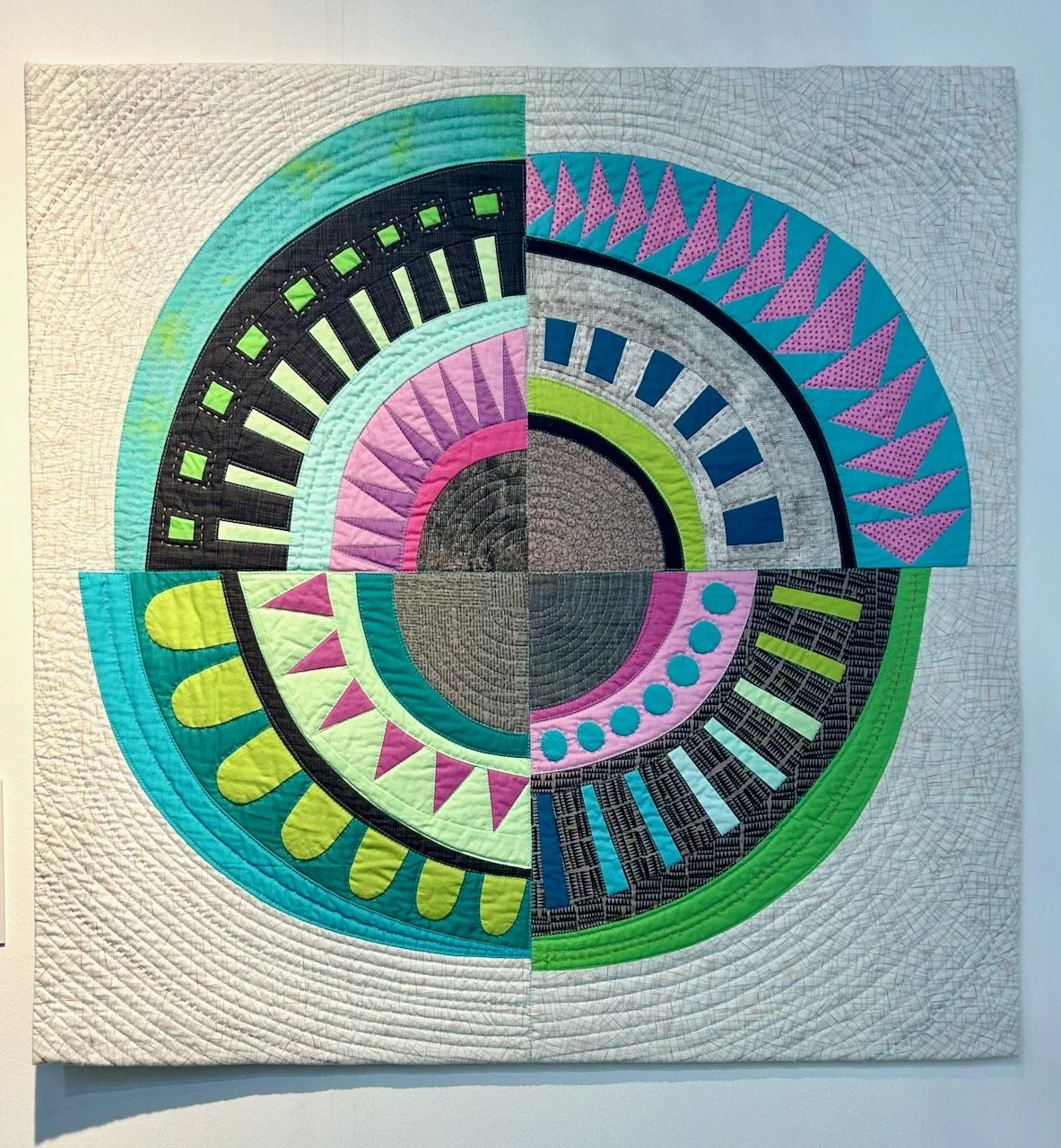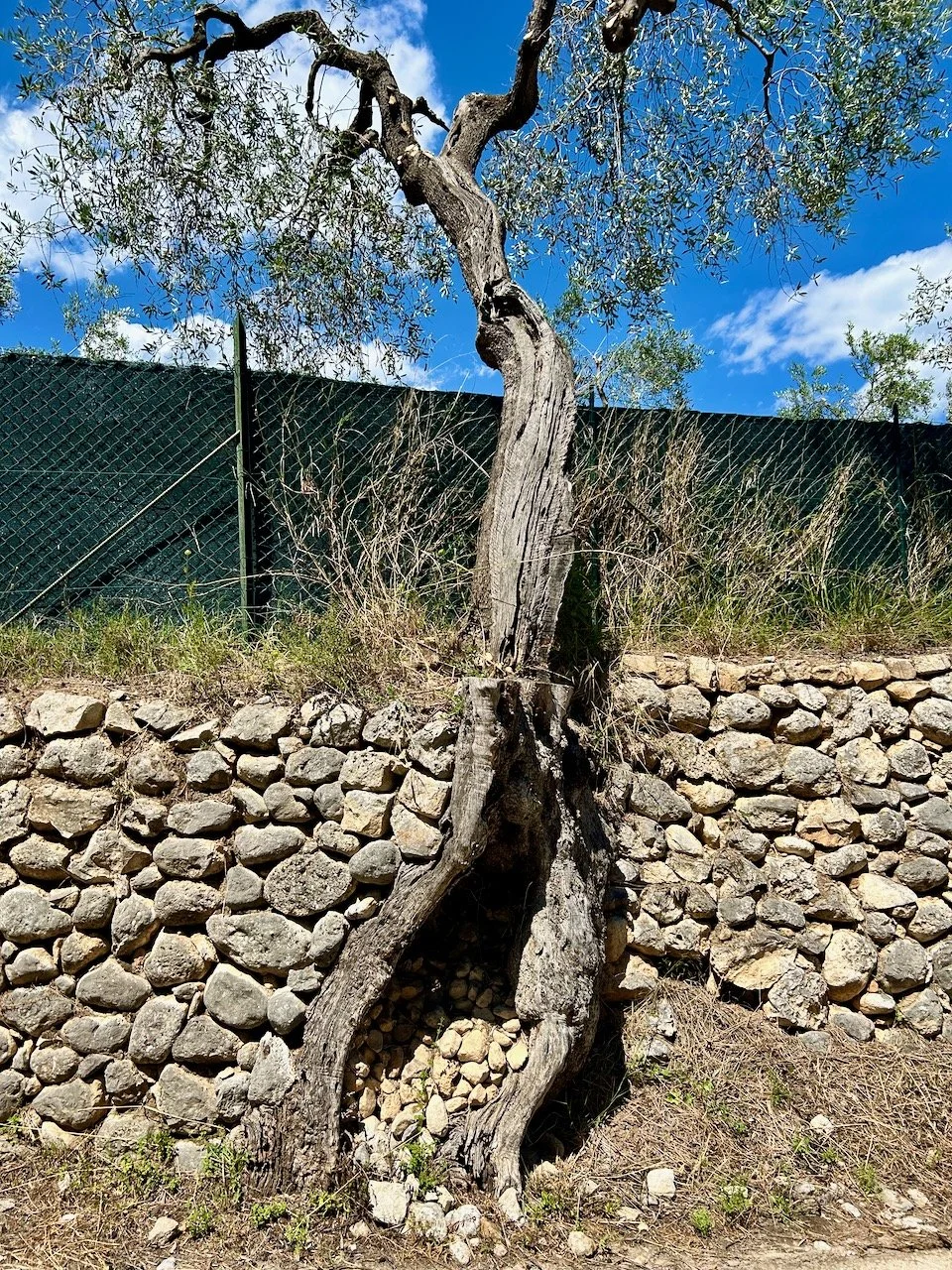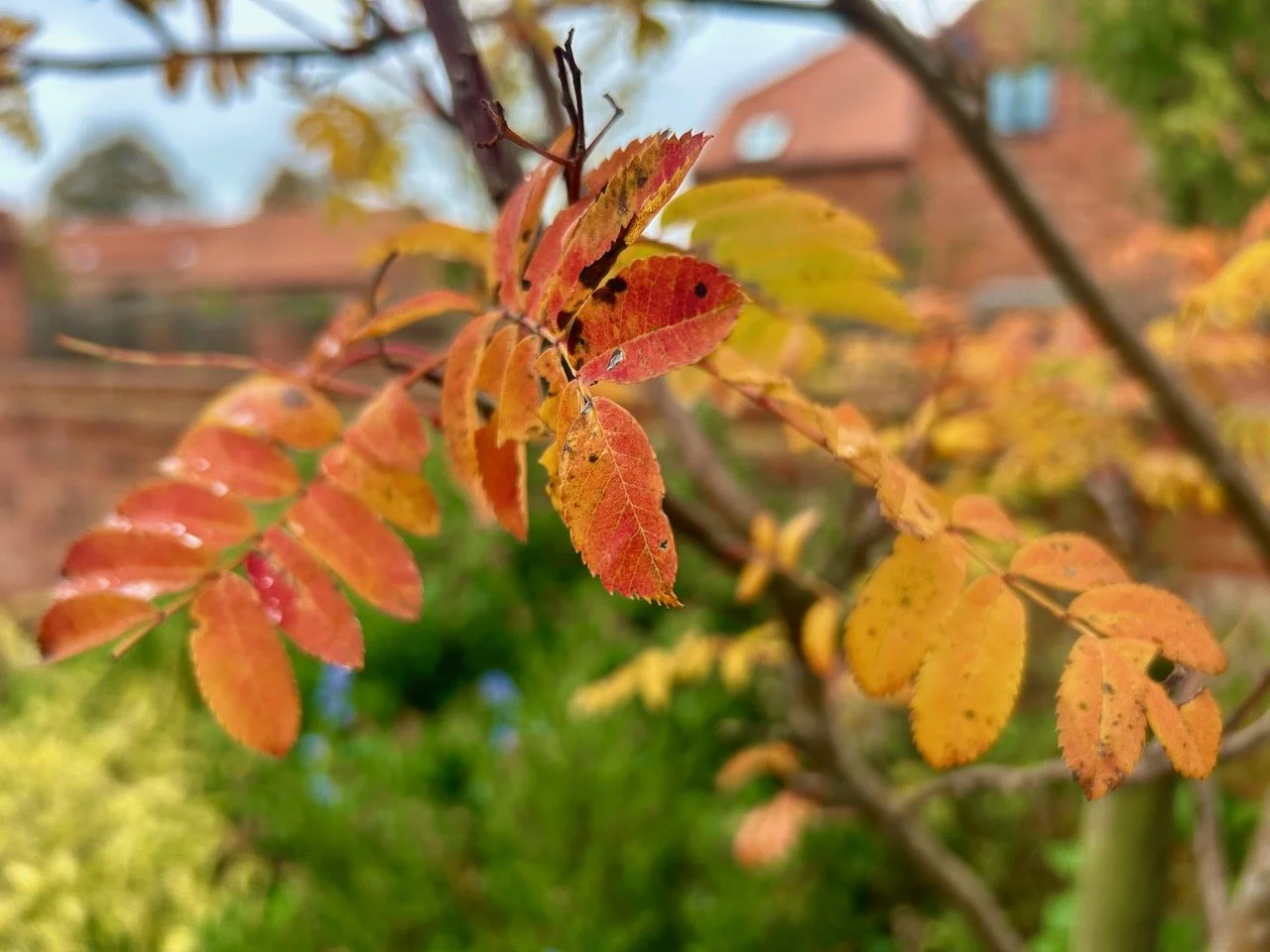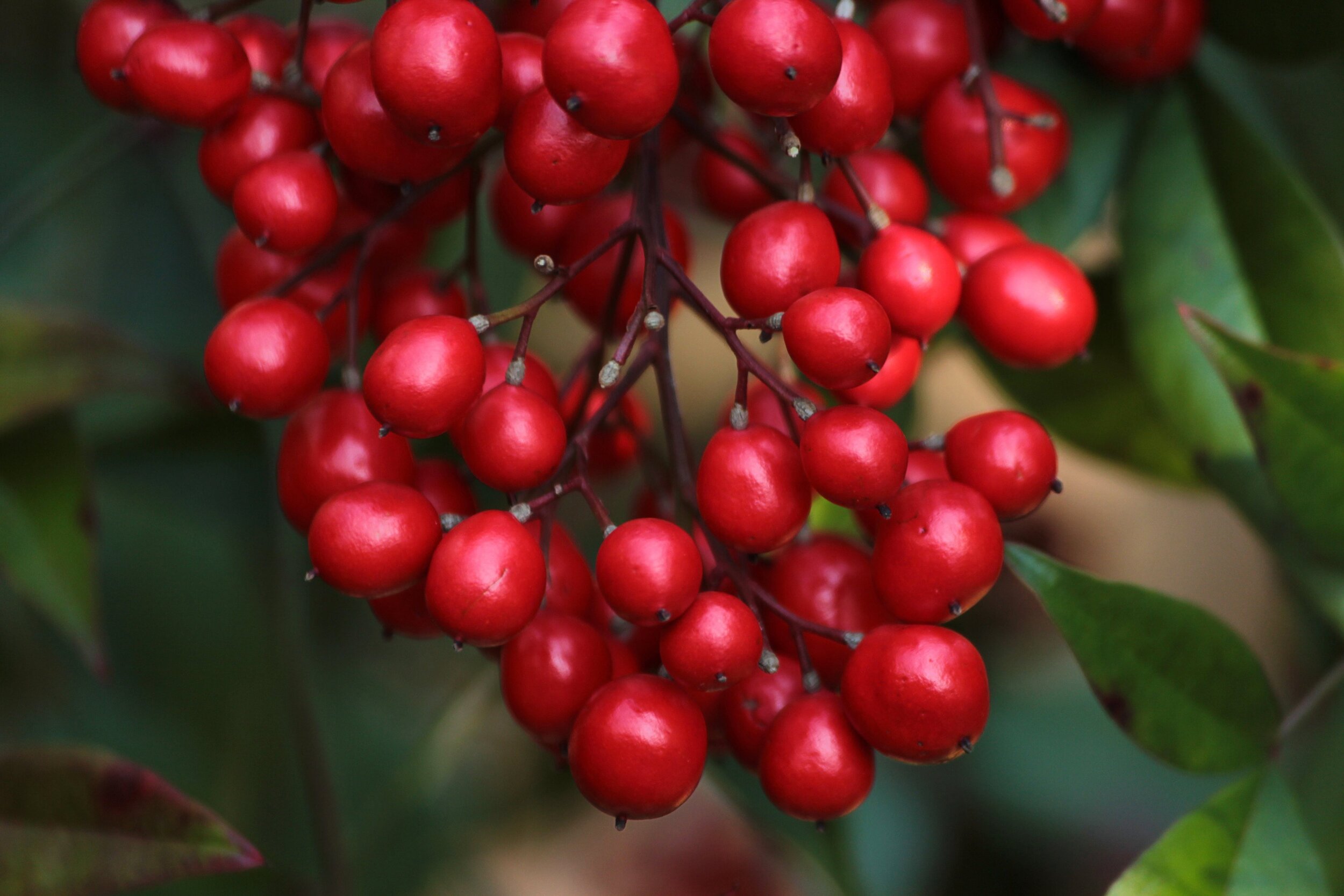The theme for this month’s post is the wildlife in our gardens. It’s estimated that in Britain our millions of gardens cover around 10 million acres, which is bigger than all of the country’s nature reserves combined. Viewed from the air you must be able to see how they create green corridors, providing wildlife with a range of habitats and the ability to move from one area to another to feed, breed, shelter and hibernate.
What we do to our gardens can encourage, or discourage, local birds and wildlife; planting flowering meadows for butterflies and insects, hedges for nesting birds, and blossom and blooms throughout the year to attract bees, butterflies and insects.
The idea is to get planting to create a wildlife-friendly garden and reap the benefits of surrounding ourselves with nature. Though right now, at the start of the month, I think we could be all be benefitting from additional water features.
Plants with nature in mind
Choose plants with fruits, berries and seedheads, including pyracantha, skimmia japonica, ornamental grasses, such as stipa and ornamental garden trees like rowan and crab apple.
And late flowering plants for late flying insects, which include asters, japanese anemones, chyrsants, ivy and mahonia.
Callicarpa Profusion AGM © Adam Pasco Media
